Exploring Employee Health Benefits
Navigating the world of employee health benefits can feel overwhelming, especially when you're on the hunt for a cost-effective solution. With so many options out there, understanding the nuances between self-funded and level-funded health plans can be a game-changer. By discerning the differences, you can make more informed decisions tailored to your business needs. The key lies in balancing flexibility, risk tolerance, and cost predictability.
Self-Funded Plans
In a self-funded plan, employers take on the responsibility of paying for claims directly as they occur. This model offers full control over plan design and vendor selection, providing a high degree of customization. However, it also means there's unpredictability in costs. Employers may face potential high-cost claims, which makes stop-loss insurance a crucial component to mitigate that risk.
Additionally, self-funded plans fall under federal regulations, specifically the Employee Retirement Income Security Act (ERISA), rather than state insurance rules, which may influence the regulatory environment and oversight you encounter. It's crucial to weigh these factors if you're considering this option.
Level-Funded Plans
On the flip side, level-funded plans operate with fixed monthly payments, which can significantly ease budgeting concerns. This payment structure bundles together claims estimates, administrative fees, and stop-loss coverage, providing comprehensive financial protections.
One clear advantage is the safeguard against overages with a claims cap. Plus, if you're fortunate enough that claims are under budget, you might benefit from refunds or credits that can lead to further savings.
Key Differences
When you're weighing risk tolerance, remember that self-funded plans place the full financial risk on the employer. In contrast, level-funded plans cap that risk, offering a more predictable financial landscape. This predictability stems from their consistent monthly payments, which significantly simplify budgeting.
Savings potential can also vary: self-funded plans might offer higher long-term savings if claims remain low. Meanwhile, level-funded plans provide partial refunds that can contribute to cost savings.
Customization levels should not be overlooked. Self-funded plans allow for maximum control, giving employers the reins on decisions. At the same time, level-funded options offer a balance of customization while also providing third-party support.
Recommendations for Choosing Your Plan
Deciding between these plans depends on several factors. Larger or more financially stable companies might find self-funding attractive due to potential savings and control. However, small to midsize businesses could benefit more from the predictability and financial protection level-funding provides.
Ultimately, it's crucial to assess your company's financial stability, appetite for risk, and the desired level of plan control. Remember, both self-funded and level-funded plans offer meaningful advantages over traditional insurance models, depending on your specific needs.
We encourage you to consult an expert to explore the best-fit option for your employee health coverage, ensuring you leverage the benefits of each plan type in harmony with your business strategy.


